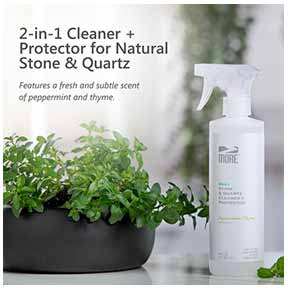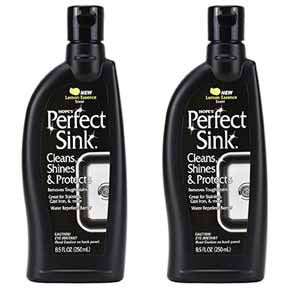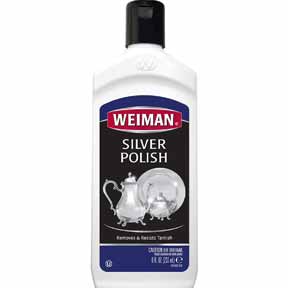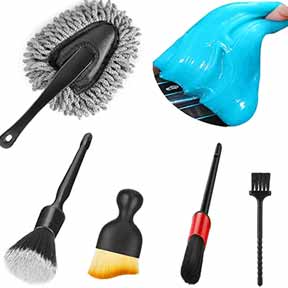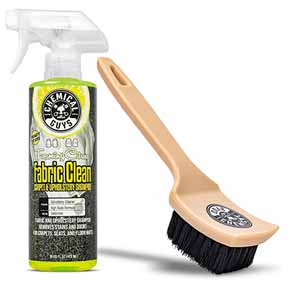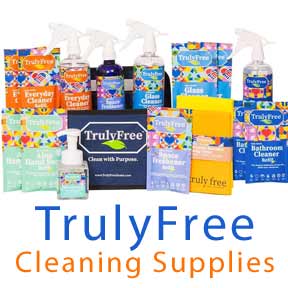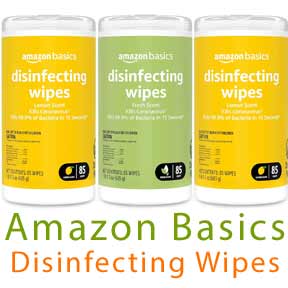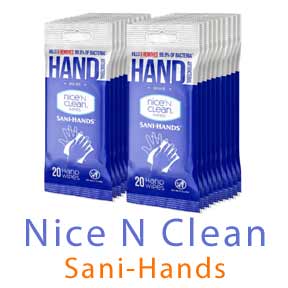How to Clean Ceramic and Porcelain Tiles
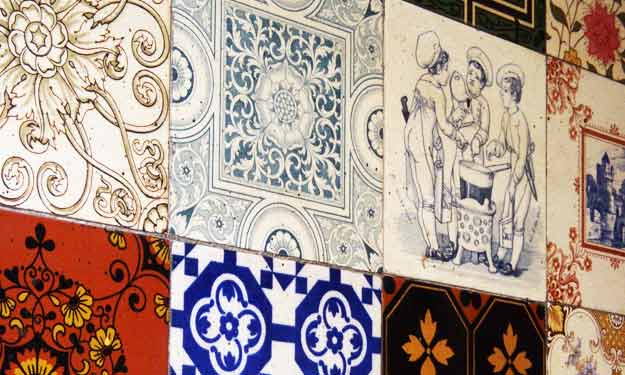
How to Clean, Remove Stains, and Maintain Ceramic and Porcelain Tiles.
Cleaning Ceramic and Porcelain Tiled Surfaces
For centuries, ceramic and porcelain tiles have been used because of their durability and beauty. Although ceramic tiles are more commonly used, porcelain tiles are quickly gaining ground. In fact, if you’re trying to decide which to use in your new home or remodel, the hardest part just may be the choices you’ll have to make when it comes to size, color, style, and shape.
Ceramic and porcelain are environmentally friendly products and both are versatile and can literally be used anywhere in a home or office setting.
So, whether you are just gathering information for a future purchase or you have these tiles already in your home, we’re here to help you gather a little more information.
Glazed Ceramic Tiles
Ceramic tiles are one of the most common tiles used in many homes and businesses. They are made of clay and a mixture of other minerals, then shaped, glazed and fired in a kiln at very high temperatures.
The benefits of ceramic tiles are many. They are durable, versatile, and often a beautiful work of art, showing off your entryway, bathroom, and kitchen. These tiles are fire resistant, and allow little to no accumulation of moisture.
Ceramic is a popular choice for showers, floors, counters and backsplashes, walls and more, as maintenance is easy and there is a large selection between colors, shapes, and sizes to choose from.
Cleaning Glazed Ceramic Tiles
Ceramic is a fairly low maintenance surface. Regular cleanings will help keep your ceramic surfaces looking great for many years to come.
Regularly clean surfaces with warm water using a mop or cleaning cloth depending on whether it’s a floor or countertop you’re cleaning.
If you feel you need something more, most manufacturers recommend using a pH-neutral cleaning solution on a bi-weekly cleaning schedule.
Removing Candle Wax from Ceramic Tiles
First let the wax cool and harden. Scrape off excess candle wax with your driver’s license or a credit card (if you use a credit card, don’t use it on the side of the magnetic strip). Rubbing alcohol will remove any residue. Rinse with plain water then dry.
Removing Mold and Mildew from Bathroom Shower Tiles
For tough and stubborn mold and mildew stains around shower tiles give this recipe a try.
- 3/4 cup baking soda
- 1/4 cup bleach
Turn on the bathroom fan and if you have a window open it for ventilation.
Mix into a thick then apply to the grout with an old toothbrush. Let sit for 10 minutes then rinse completely to remove all residue and so the next person getting into the shower doesn’t slip.
Some areas may be harder to clean than others and you may need to repeat the process.
When I’m using bleach, no matter the dilution, I put on an old pair of sweats in case of splattering and I also wear eye protection.
Heel and Scuff Mark Removal Methods
You can use a Mr. Clean Magic Eraser or a plain pencil eraser to gently rub and remove a scuff mark. Either of these should easily remove the mark. Clean to remove any residue and dry when finished.
If neither of the above products work WD-40 is another way to remove scuff marks from your ceramic tile floors.
Unglazed Ceramic Tiles (a.k.a. Quarry Tile)
This is another very popular tile for a variety of applications. It’s an especially good choice for areas with a lot of foot traffic. Even though these tiles are not glazed, it makes them no less durable and they are often used in commercial settings because of this.
Because these tiles are unglazed the color choices are not as many as with the glazed ceramic tiles. Typically the colors come in shades of red, orange, and brown.
It is possible to stain unglazed ceramic tiles, as they are porous and absorb liquids easily. They should be sealed to help prevent staining.
Cleaning Unglazed Ceramic Tiles
For regular routine cleanings, a little water is typically all you need. Use a damp mop for cleaning and a dry mop or rag for drying.
Unglazed or unsealed ceramic tiles should not be exposed to large amounts of water, as this can cause mold growth in the grout. Additionally, they should always be cleaned with a pH-neutral cleaner.
Getting Tough Stains Out
A pH-neutral cleaner will remove grease, oil, and everyday spills from unglazed tiles. Or you can use the recipe below:
- 1 gallon warm water
- 1/2 cup baking soda
- 5 drops Dawn dish detergent
Mix the baking soda until it is completely dissolved in the water. Add the dish detergent last so the cleaning solution doesn’t get too sudsy. Swish to mix the detergents.
Remember that unglazed tiles are meant to have a matte (no-shine) surface. They’re a bit rustic looking, which is probably one reason why you purchased them—so don’t spend too much time looking for the shine.
Glazed and unglazed ceramic tiles should not be cleaned with abrasive cleaners, as these can scratch and/or pit the tiles.
Porcelain Tiles
Porcelain tiles are ceramic tiles made from a special type of very fine clay. They are pressed and fired just as ceramic tiles are, but at a much higher temperature and for a longer period of time.
Porcelain tiles are durable and come in a wide range of colors, styles, and textures. They are denser and less porous than other ceramic tiles. Porcelain is not only a nice choice for inside the house, but works great outside as well because it does not absorb a lot of water.
Generally, porcelain tiles do not have a glazed finish, but they can be manufactured with a textured or polished finish or a glazed surface.
Despite porcelain’s durability, a glazed surface can chip, so many people are choosing polished as an alternative.
Cleaning Porcelain Tiled Surfaces
Porcelain tiles are pretty low maintenance. A regular cleaning done weekly should be all that’s needed. A regular cleaning only involves a thorough sweeping, then cleaning with water and a damp mop and a sh-mop (or something similar) to dry the floor.
If you have any doubts about the cleaning solutions you are using, do a patch test in an inconspicuous place first.
Cleaning a Dirty Porcelain Tiled Floor
If the floor is really dirty and in need of something more than just water, add 1/4 cup white vinegar to 2 gallons warm water. Mop the floor with the cleaning solution, then rinse with clean water and dry when finished. The vinegar will deodorize, disinfect, and clean the surface.
If the floor is really dirty, mop the floor with the same cleaning solution, but let it sit a few minutes. Mop again, rinse, and dry. If you are working with a large surface area, work in sections so the liquid doesn’t dry on the floor.
Removing a Coffee Stains from Porcelain Tiles
Most often spills are cleaned immediately, but sometimes we forget or they are overlooked until later.
For a coffee stain, simply sprinkle a touch of baking soda over the stain, then dampen a cloth with water and gently scrub.
Cleaning Mud from a Porcelain Tile Floor
This is why door mats are handy to have by entrances!
Let the mud completely dry. When dry pick up as much as you can, or suck up the dirt with the vacuum hose. Then rinse with a vinegar and water solution and dry.
Removing Hard Water Stains from Porcelain Tiles
In a spray bottle, make a solution of equal parts white vinegar and warm water. Spray the solution on the stain and gently scour the area. Repeat, rinse, and dry.
Routine Maintenance and Protection of Tiled Surfaces
- Daily wipe down spills and messes.
- Weekly cleanings are the best way to maintain and keep your tiled surfaces looking their best.
- Sweep or vacuum prior to cleaning floors. Do not use the beater bar, if your vacuum does not have the option to turn this off then I would sweep the floor.
- Do not use abrasive cleaners.
- Use a cloth, sponge, or soft mop when scrubbing or cleaning. Do not use a hard bristled brush.
- Always rinse with clean water after cleaning to remove any residue and to prevent build up.
- Clean spills up as soon as possible.
- Protect floors by using felt pads on the bottom of furniture legs.
- Use floor mats and rugs to protect the flooring from dirt, grime, scuff marks, etc.
- Use coasters on counters to protect the surface from water rings caused from glasses sweating.
Maintaining and protecting these surfaces in the right way will keep them beautiful for years and years.
Car and Household Cleaners
